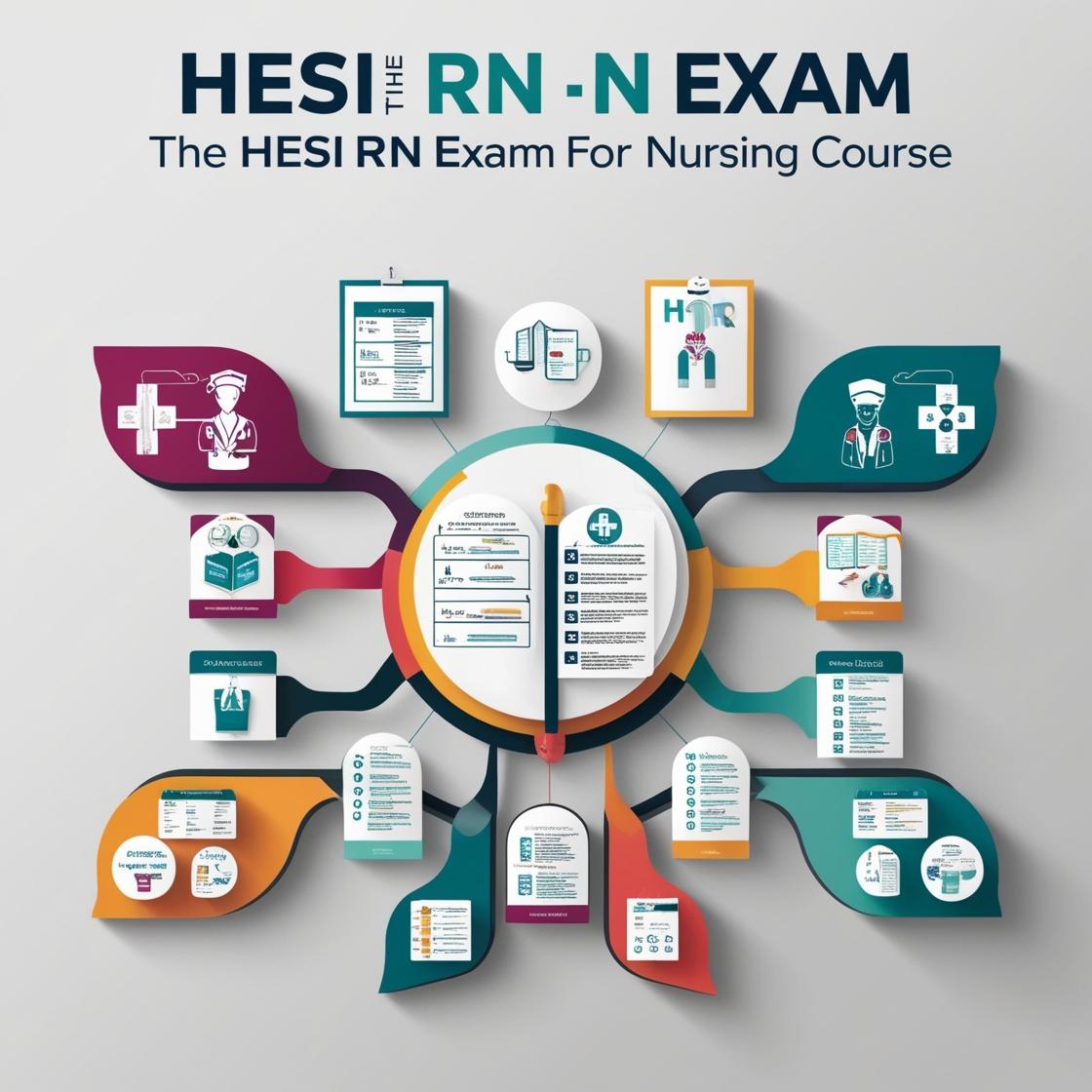HESI RN
Reproductive System Exam Quizlet
1. The programs aimed at achieving total reproductive health as a social goal at the national level are called:
- A. Family organization
- B. Family planning
- C. Reproductive care
- D. Reproductive health
Correct answer: D
Rationale: The correct answer is D, 'Reproductive health.' Reproductive health programs focus on ensuring overall well-being in relation to reproduction, including access to reproductive services, education, and healthcare. Choice A, 'Family organization,' does not specifically address health aspects related to reproduction. Choice B, 'Family planning,' is more focused on birth control and family size rather than the broader aspects of reproductive health. Choice C, 'Reproductive care,' is limited to the aspect of medical care and does not encompass the comprehensive approach of reproductive health programs.
2. Mrs. Banda is a patient at the ward with complaints of light menstrual periods, which occur at intervals greater than 35 days. Your diagnosis will be:
- A. Oligomenorrhea
- B. Menorrhagia
- C. Metrorrhagia
- D. Polymenorrhea
Correct answer: A
Rationale: The correct diagnosis for Mrs. Banda's condition is Oligomenorrhea. Oligomenorrhea is characterized by light menstrual periods occurring at intervals longer than 35 days. Choice B, Menorrhagia, refers to abnormally heavy menstrual bleeding. Choice C, Metrorrhagia, is bleeding at irregular intervals, and Choice D, Polymenorrhea, involves menstrual cycles occurring at intervals shorter than 21 days.
3. Which animal is an ovoviviparous animal?
- A. Basking shark
- B. Bonobo
- C. Blue shark
- D. None of the above
Correct answer: C
Rationale: The correct answer is the Blue shark. Ovoviviparous animals produce eggs that develop inside the body of the parent, and the offspring are born alive. The basking shark does not fall under this category as it is ovoviviparous, meaning it lays eggs that hatch inside the female's body. The bonobo is a separate species and not relevant to the question.
4. What is Diazepam used for?
- A. Management of post-partum hemorrhage.
- B. Management of pre-eclampsia.
- C. Induction of labor.
- D. Relieving anxiety.
Correct answer: D
Rationale: Diazepam is primarily used for relieving anxiety and muscle spasms. It is a benzodiazepine medication that works by enhancing the effects of a neurotransmitter in the brain to produce a calming effect. While Diazepam is not used for managing post-partum hemorrhage, pre-eclampsia, or inducing labor, it is essential in treating anxiety disorders, muscle spasms, and certain types of seizures. Therefore, option D is the correct answer as it aligns with the primary therapeutic use of Diazepam.
5. What is the role of relaxin hormone?
- A. Relaxation of the symphysis pubis.
- B. Stimulation of milk production.
- C. Stimulating the development of the nipple and duct system in the breast.
- D. None of the above.
Correct answer: A
Rationale: The correct answer is A: Relaxation of the symphysis pubis. Relaxin hormone is responsible for loosening the ligaments in the pelvic area, particularly the symphysis pubis, to prepare for childbirth. Choice B, stimulation of milk production, is incorrect as this is primarily regulated by prolactin. Choice C, stimulating the development of the nipple and duct system in the breast, is incorrect as this is mainly influenced by estrogen and progesterone during pregnancy. Therefore, the correct role of relaxin hormone is the relaxation of the symphysis pubis.
Similar Questions

Access More Features
HESI RN Basic
$89/ 30 days
- 50,000 Questions with answers
- All HESI courses Coverage
- 30 days access @ $89
HESI RN Premium
$149.99/ 90 days
- 50,000 Questions with answers
- All HESI courses Coverage
- 30 days access @ $149.99
